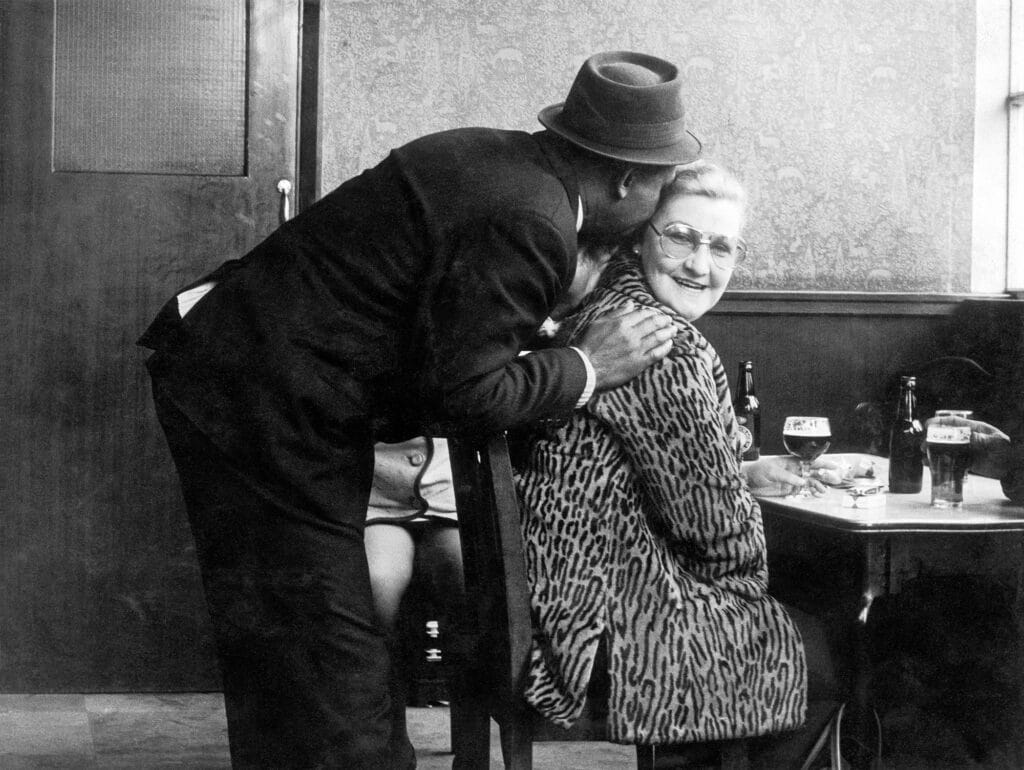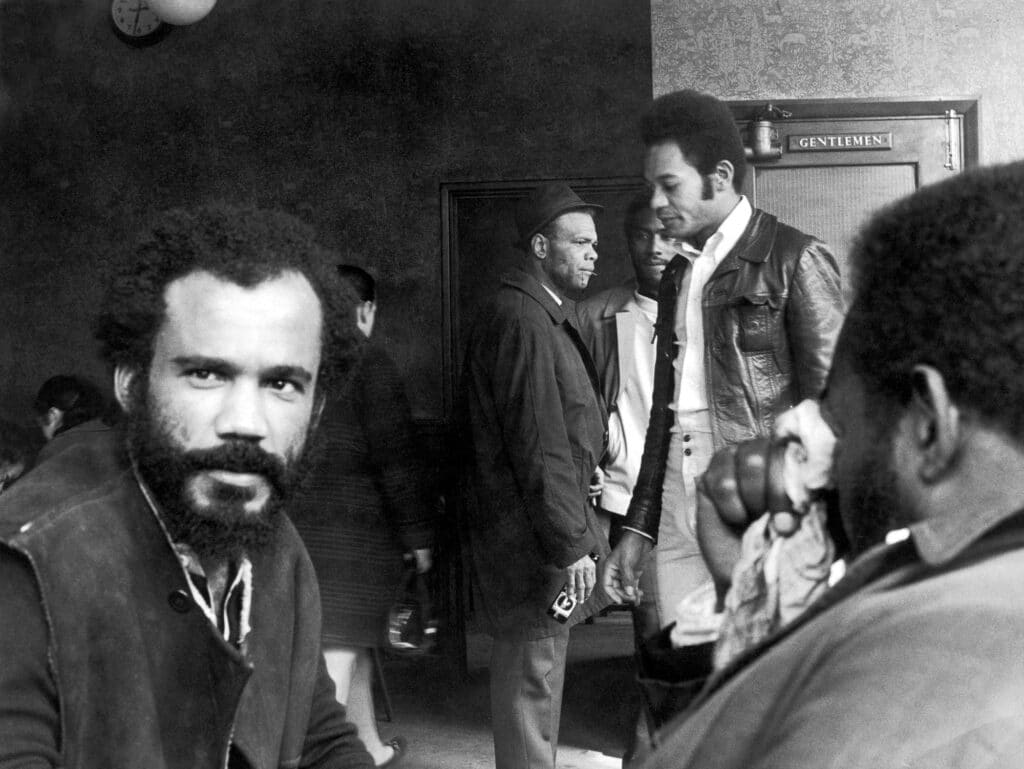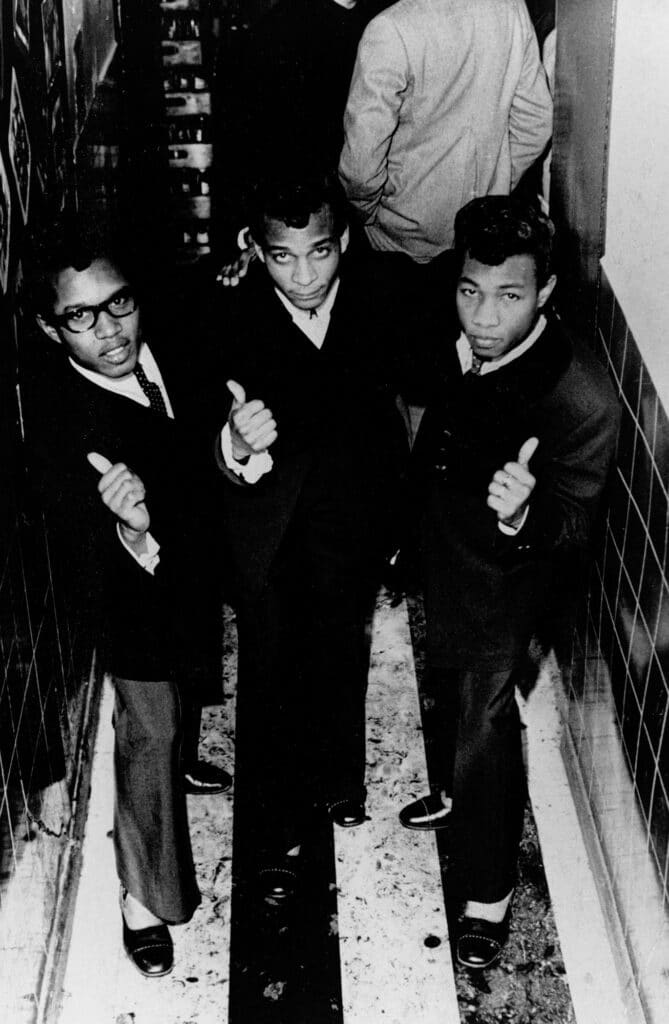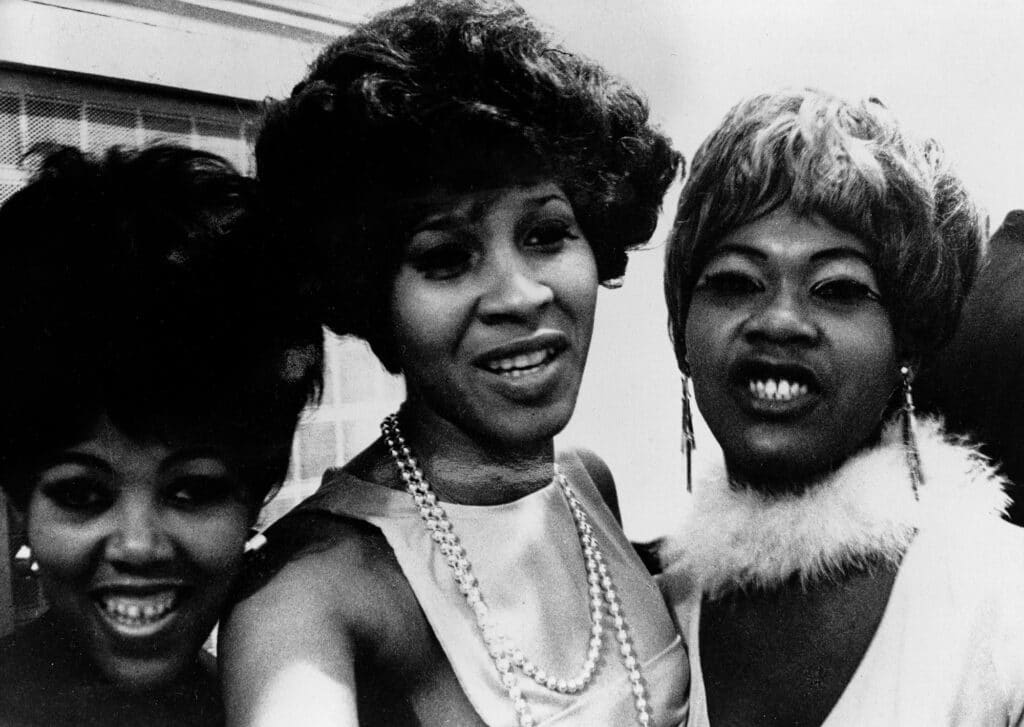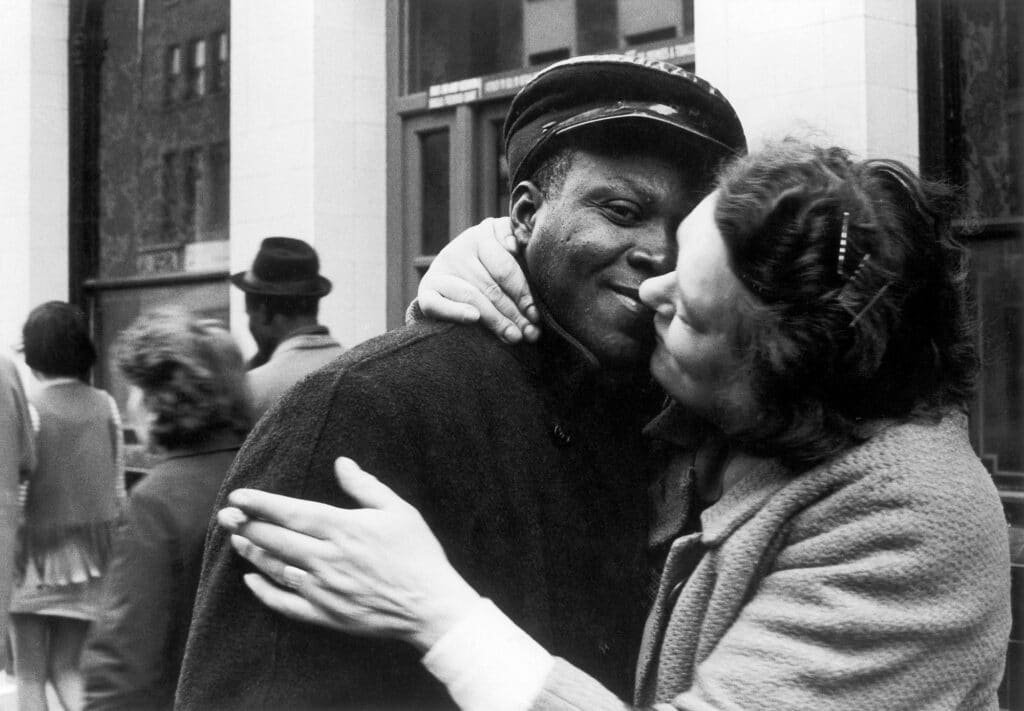Charlie Phillips describes himself as a “Windrush kid”. He arrived in London from Jamaica in the late 1950s at the age of 11. It was a time of slum landlords and race riots. He spent his teenage years in Notting Hill – back then regarded as a ghetto – with few possessions, sharing a single, cramped room with his parents.
After a Black American GI looking for fun in the city left behind a Kodak Retina camera at a house party in Notting Hill (swapping it with Charlie’s father for taxi fare), Charlie Phillips’ life changed. Aged 14, he taught himself to develop 35mm film, turning his bathroom into a darkroom in the dead of night when everyone was asleep. A copy of The Saturday Evening Post the GI also left behind, with the painting The Runaway by Norman Rockwell on the cover, became his gateway to another world.
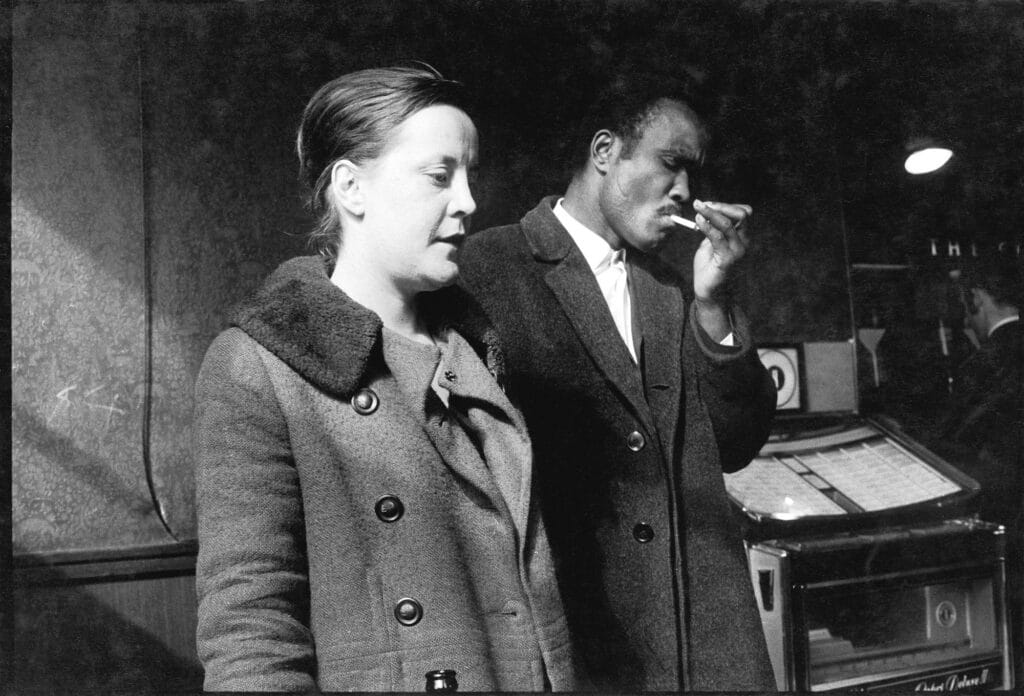
At first, he took photos of his friends and sold them at school. But then he began to document the world around him, the emerging one of musicians, street life, parties, families and rude boys in their zoot suits arriving fresh from Tilbury Docks; and the disappearing one, taking us into the unseen world of Afro-Caribbean funeral culture (a decades-long project called How Great Thou Art has documented changing fashions as much as changing attitudes) and photographing the final days of streets demolished for the Westway flyover. The relaxed nature of his subjects speak of Charlie Phillip’s own spontaneous style and personality, but the compositions tell a bigger story of a changing London and Britain.
In recent years, Charlie Phillips has called the people he shot in Notting Hill “the silent minority”, a strata of society whose lives would have gone undocumented had they not had an artist living among them, taking photos with them barely noticing. “I was a grassroots photographer,” Phillips says. “I was just an ordinary Black guy from the ghetto – a bit radical, part of the alternative culture of that time. My associations lay with Allen Ginsberg, Jack Kerouac, Che Guevara, the Beat Generation.”
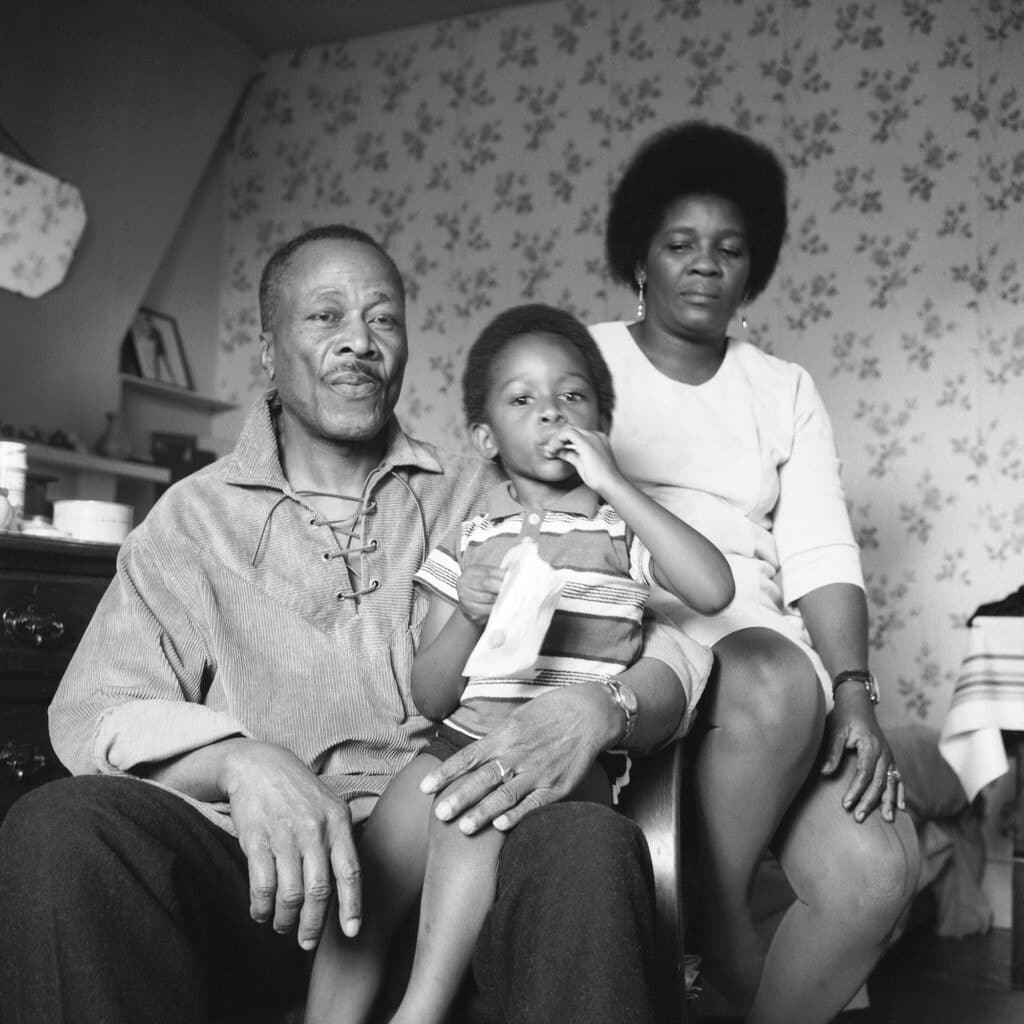
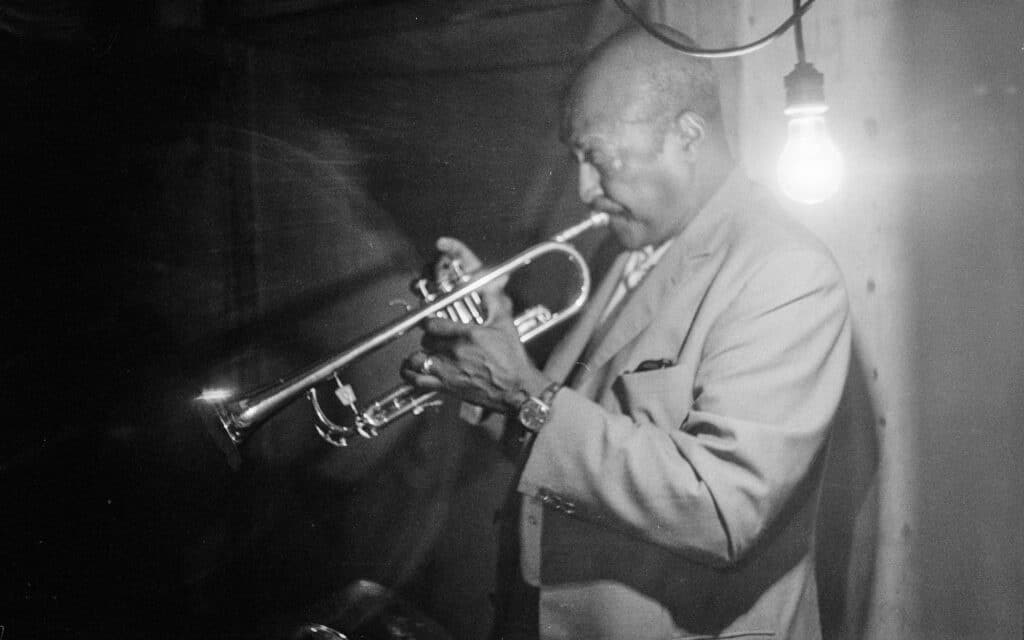
The photographer saw life as an adventure; it is why his camera took him to Paris in 1968 to record the student uprising, why he hitchhiked to Italy and hung out on spaghetti western film sets, was commissioned by Vogue Italia, followed Muhammad Ali for Stern, and became friends with Jimi Hendrix. Returning to the UK, the cultural establishment of the time refused to believe a self-taught Black man could have risen to such heights and life took him elsewhere – into the merchant navy for a spell and running a restaurant in south London.
Charlie Phillips has only recently been afforded recognition for his photographic work, notably in the press, the doors that closed in the early 1970s opening half a century later. Time Out called him “the greatest photographer you’ve never heard of”. Historian Simon Schama, who selected the 1967 Notting Hill Couple for his The Face Of Britain book and TV series, called Charlie Phillips “one of Britain’s great photo-portraitists… a visual poet; chronicler, champion, witness of a gone world”. Today, the work of Charlie Phillips remains largely unpublished – his rare 1991 book Notting Hill In The Sixties having a bit disappeared from view.
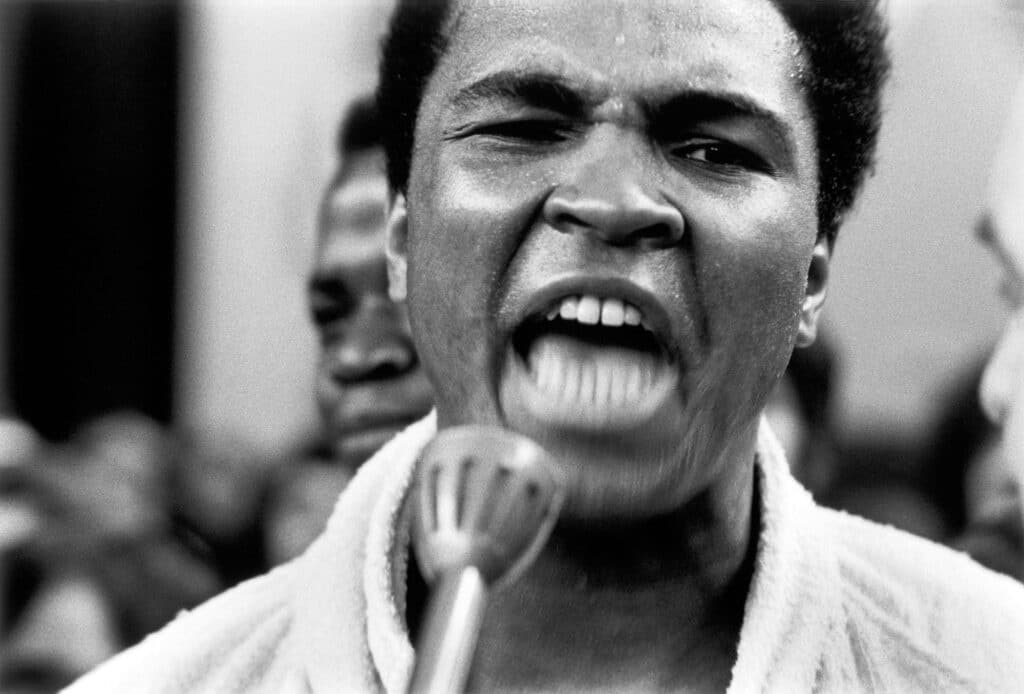
This new independently published book, entitled Charlie Phillips — A Grassroots Legacy and available for purchase on Kickstarter, fits the Charlie Phillips ethos of revolutionary spirit, but will also finally house the highlights of his archive, with over 100 images and beautiful printing.
Charlie Phillips — A Grassroots Legacy is available for 45£ and more, depending on your support, on Kickstarter.

